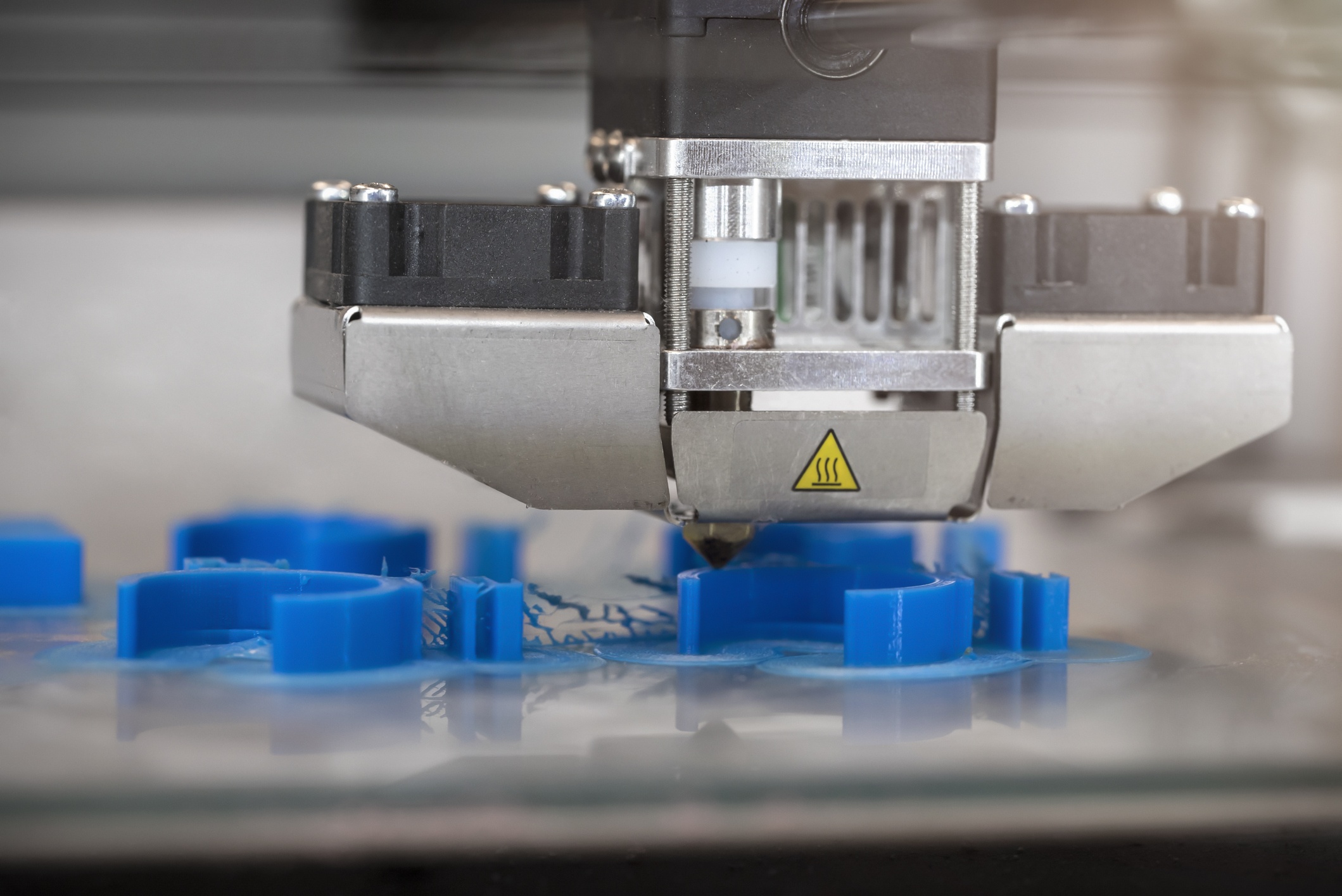
Researchers have recently identified and pinpointed the location of structural proteins within a swine ovary, an important step in the 3D printing of an artificial ovary for human implantation. These findings will contribute to the continuing development of an ink that will contain these proteins and be used in the process of creating an ovary via 3D printing, or additive manufacturing. The findings of these researchers’ work were recently published in the journal Scientific Reports.
“This is a huge step forward for girls who undergo fertility-damaging cancer treatments,” explained Monica Laronda, PhD, senior author of the work and Director of Basic and Translational Research, Fertility & Hormone Preservation & Restoration Program at Ann & Robert H. Lurie Children’s Hospital of Chicago. “Our goal is to use the ovarian structural proteins to engineer a biological scaffold capable of supporting a bank of potential eggs and hormone producing cells. Once implanted, the artificial ovary would respond to natural cues for ovulation, enabling pregnancy.” Laronda is also the Assistant Professor of Pediatrics at Northwestern University Feinberg School of Medicine.
Alongside other collaborators, Laronda received a patent for the creation of an artificial ovary in November 2019. The team has already 3D printed a synthetic ovary and implanted it into a mouse in one trial. Being that the mouse went on to have a successful pregnancy and give birth to offspring, the Laronda and colleagues are optimistic about eventually translating this technology into a solution that applies to humans. This previous study was published in 2017 in the journal Nature Communications.
“The structural proteins from a pig ovary are the same type of proteins found in humans, giving us an abundant source for a more complex bio-ink for 3-D printing an ovary for human use,” Laronda said. “We are one step closer to restoring fertility and hormone production in young women who survive childhood cancer but enter early menopause as a late effect. There are still several steps to go and we are excited to test our new inks.”
The techniques employed in the team’s most recent work are not limited to researching the protein structure of the ovary. The researchers’ system can be leveraged in analyzing other organs as well, making their work a step forward for the 3D printing of artificial organs.
“We have developed a pipeline for identifying and mapping scaffold proteins at the organ level,” Laronda concluded. “It is the first time that this has been accomplished and we hope it will spur further research into the microenvironment of other organs.”
Laronda and colleagues are joining many in providing research to perpetuate the 3D printing of organs, with many others contributing to this field. Last April, a group of Tel Aviv researchers created the world’s first 3D printed heart with vascularization using a patient’s own cells and other organic materials. These findings were covered in an open-access article published in Advanced Science, and mark a major breakthrough in medicine and 3D printing. Read the full story below.
Researchers 3D Print a Fully Vascularized Heart for the First Time – Docwire News
Tel Aviv researchers have recently created the world’s first 3D printed heart with vascularization using a patient’s own cells and other organic materials. These findings were covered in an open access article published on April 15 in Advanced Science, and mark a major breakthrough in medicine and 3D printing.







 © 2025 Mashup Media, LLC, a Formedics Property. All Rights Reserved.
© 2025 Mashup Media, LLC, a Formedics Property. All Rights Reserved.